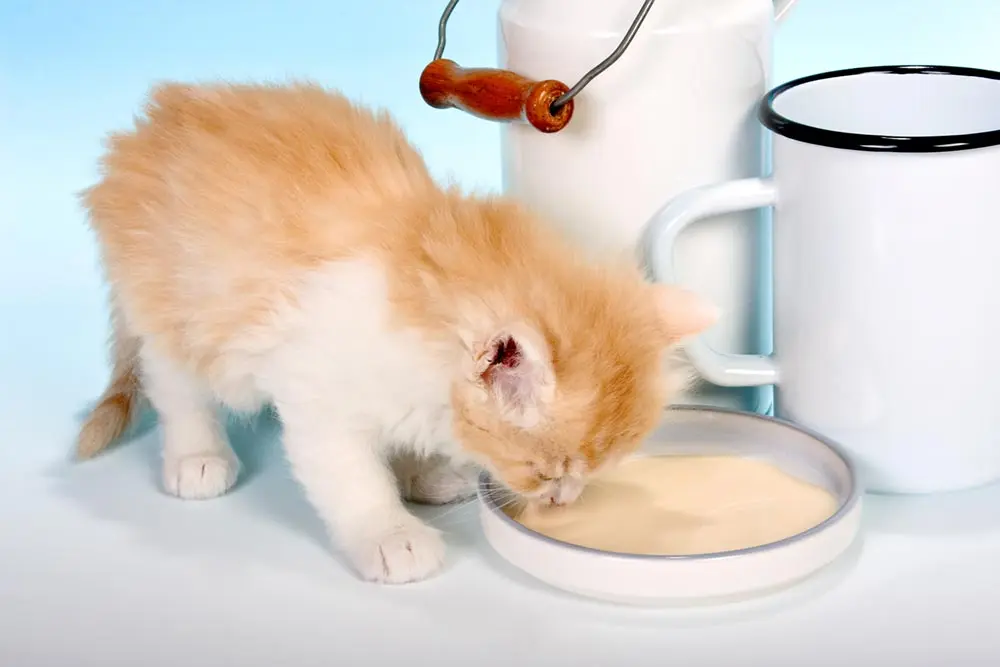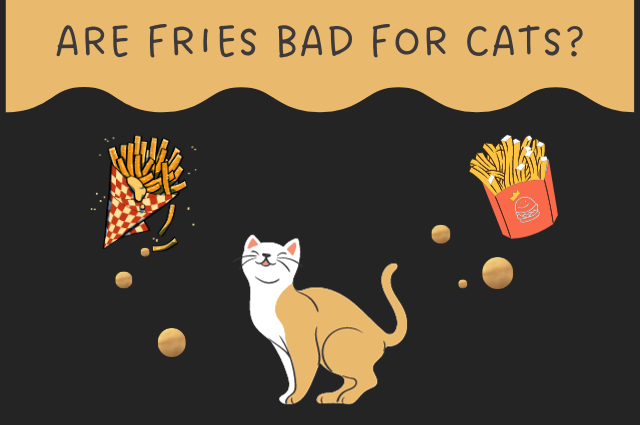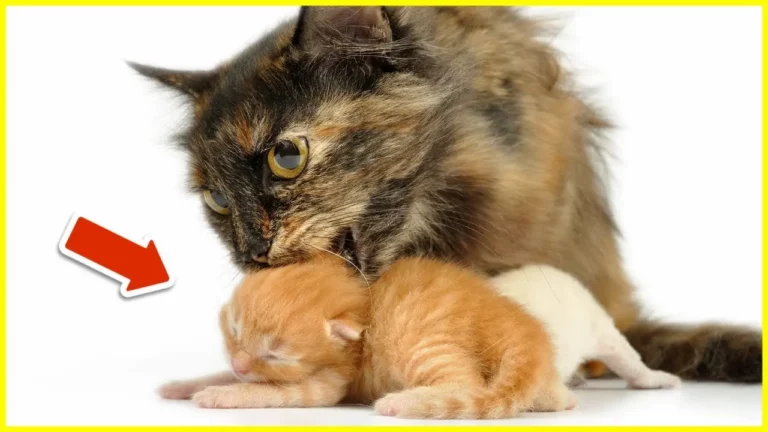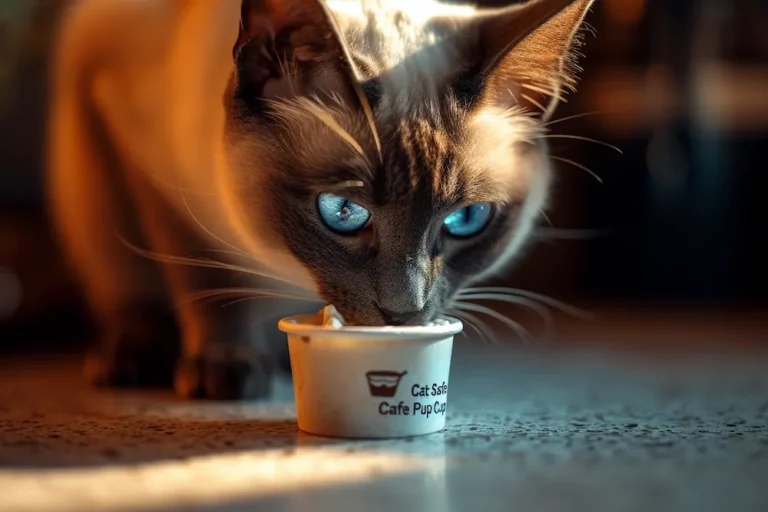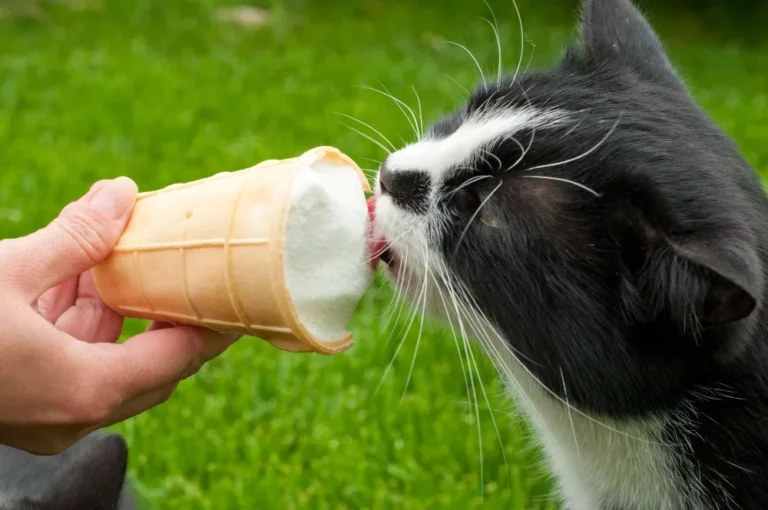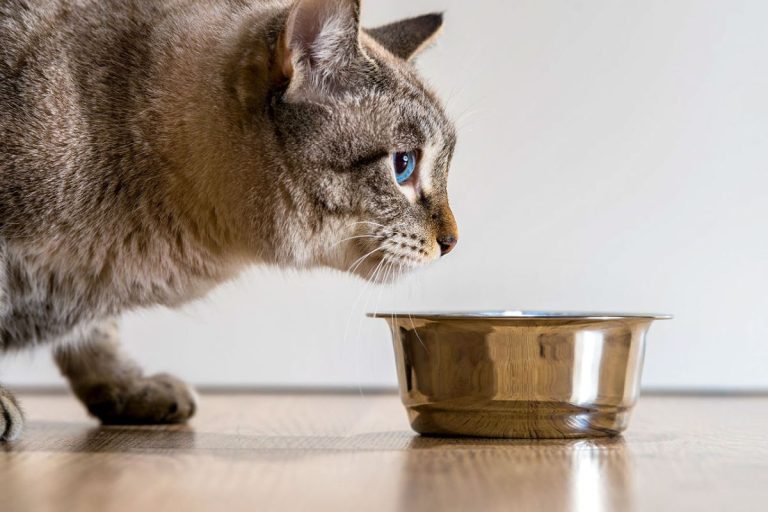Should You Offer Lactose-Free Milk to Your Cat?
I’ve often wondered if giving my
Lactose-free milk is designed to be important on their digestive systems by removing lactose and adding lactase enzymes, making it easier for them to digest.
However, it’s vital to take into account factors like your
There’s always the risk of potential adverse reactions, even with lactose-free milk.
Consulting with a vet is essential, but what about the specific nutritional benefits and risks? Let’s explore further.
Understanding Lactose Intolerance in Cats
Many cats can’t properly digest lactose, the sugar found in regular milk. This inability stems from a deficiency in lactase, the enzyme required to break down lactose.
When cats consume lactose-containing milk, it can lead to gastrointestinal issues like diarrhea, bloating, and gas.
These symptoms occur because the undigested lactose ferments in the gut, producing excess gas and drawing water into the intestines.
I’ve noticed that not all cats show immediate signs of intolerance. Some might seem fine initially but develop problems over time.
This delayed reaction can make it tricky to identify lactose intolerance.
It’s important for us to understand this so we can avoid causing our
Cats naturally produce less lactase after weaning, as their primary diet shifts away from milk.
This biological change is normal, but it means we should be cautious about offering regular milk to adult cats.
By understanding lactose intolerance, we can make informed decisions about what we feed our pets, ensuring their well-being.
Our goal should always be to serve them in ways that promote their health and happiness, avoiding unnecessary digestive distress.
What Is Lactose-Free Milk?
Lactose-free milk is specially treated to remove or break down lactose, making it easier for lactose-intolerant individuals, including cats, to digest.
This treatment typically involves adding the enzyme lactase to regular milk.
Lactase breaks down lactose into simpler sugars, like glucose and galactose, which are easier to absorb.
The process of creating lactose-free milk is fascinating.
By incorporating lactase, manufacturers guarantee that those with lactose intolerance can enjoy milk without discomfort.
This is particularly beneficial for cats, who often lack sufficient levels of lactase post-weaning.
Here’s a quick comparison to understand the difference:
| Feature | Regular Milk | Lactose-Free Milk |
|---|---|---|
| Lactose Content | High | Low or None |
| Digestibility for Cats | Poor | Good |
| Enzyme Added | None | Lactase |
When I think about the benefits, it’s evident how lactose-free milk can be a game-changer for those with lactose intolerance.
By breaking down the lactose beforehand, this milk variant helps avoid the gastrointestinal issues that regular milk can cause.
For our
Nutritional Benefits for Cats
When I give my
Lactose-free alternatives benefit cats by offering a safer option that supports their overall health.
Let’s explore how these nutrients contribute to their well-being.
Essential Nutrients Present
Cats can benefit from lactose-free milk as it provides essential nutrients like calcium, protein, and vitamins without the digestive issues associated with lactose.
When I consider adding lactose-free milk to my
This type of milk can be particularly advantageous since it still retains key elements important for a
Some of the essential nutrients present in lactose-free milk include:
- Calcium: Essential for strong bones and teeth, calcium also supports muscle function and nervous system health.
- Protein: Necessary for muscle development, repair, and maintaining a healthy coat.
- Vitamin D: Enhances calcium absorption and supports bone health.
- Vitamin B12: Important for maintaining nerve function and producing red blood cells.
- Riboflavin (Vitamin B2): Helps in energy production and maintaining healthy skin and eyes.
Including lactose-free milk in my
Lactose-Free Alternatives Benefits
Opting for lactose-free milk alternatives offers my
Lactose-free milk is specifically designed to be easier on a
This is particularly important since many cats are lactose intolerant, meaning they lack the enzyme lactase needed to properly digest lactose found in regular milk.
Nutritionally, lactose-free milk can still provide essential proteins and calcium, important for maintaining strong bones and muscles.
Cats require taurine, an amino acid found in animal products, for heart and eye health.
Some lactose-free alternatives are fortified with taurine, ensuring my
Additionally, these alternatives often include vitamins A and D, which support immune function and skin health.
Moreover, lactose-free milk contains fewer sugars compared to regular milk, aligning better with a
This can help maintain a healthy weight and reduce the risk of diabetes.
By choosing lactose-free options, I’m making a proactive decision to support my
Potential Risks and Concerns
When giving cats lactose-free milk, I need to take into account potential risks and concerns.
The first point to address is its impact on their digestive health, as even lactose-free options might cause issues for some cats.
Additionally, I’ll assess the nutritional value to make sure it meets their dietary needs without negative consequences.
Digestive Health Impact
Understanding the potential risks and concerns of giving lactose-free milk to cats is essential for ensuring their digestive health.
Though lactose-free milk may seem like a safe alternative for our cats, we must consider several factors that could impact their well-being.
Firstly, cats are obligate carnivores, meaning their digestive systems are primarily designed to process animal-based proteins rather than dairy products.
Even lactose-free milk can cause digestive upset if consumed in large quantities due to its composition.
Here are some potential risks and concerns to keep in mind:
- Allergic Reactions: Some cats may be allergic to proteins found in milk, leading to symptoms like itching, vomiting, or diarrhea.
- Caloric Intake: Lactose-free milk can add unnecessary calories to a
cat ‘s diet, potentially leading to obesity. - Nutrient Imbalance: Regular consumption might interfere with their balanced diet, depriving them of essential nutrients.
- Additives and Preservatives: Certain brands may contain additives or preservatives that aren’t suitable for our furry companions.
- Gastrointestinal Distress: Even without lactose, the fat and protein content in milk might still cause stomach upset or diarrhea.
Nutritional Value Analysis
How does lactose-free milk stack up nutritionally for cats, and what’re the potential risks and concerns we need to take into account?
First, let’s dissect the nutrient profile.
Lactose-free milk offers proteins, fats, vitamins, and minerals similar to regular milk.
While cats are obligate carnivores and derive most of their nutrition from meat, these nutrients can be beneficial in moderation. However, it’s important to recognize potential pitfalls.
One primary concern is the caloric content. Excess calories can lead to obesity, a prevalent issue among domestic cats.
Additionally, even though lactose is removed, some cats may still experience digestive upset due to other milk components, like casein and whey proteins.
Another risk is the development of dietary imbalances.
Relying on lactose-free milk as a significant part of a
Furthermore, some lactose-free milks are fortified with additives or sweeteners, which may be harmful. Always check the ingredients list.
While lactose-free milk isn’t inherently bad, it should be offered sparingly and shouldn’t replace a nutritionally balanced
How Much Lactose-Free Milk to Give
To determine the appropriate amount of lactose-free milk to give your
Typically, adult cats don’t require milk as part of their diet, but if you choose to offer lactose-free milk as an occasional treat, moderation is key.
Here are some guidelines to help you decide:
- Size: Smaller cats should receive a lesser amount compared to larger cats. A tablespoon or two is usually sufficient for a small
cat . - Age: Kittens might tolerate slightly more lactose-free milk than adult cats, but it should never replace their main diet.
- Health: If your
cat has any existing health issues, especially related to digestion, consult your veterinarian before introducing lactose-free milk. - Frequency: Limit the offering to once or twice a week. Daily consumption isn’t necessary and could cause digestive upset.
- Observation: Always monitor your
cat ‘s reaction after consuming lactose-free milk. Look out for any adverse effects such as vomiting or diarrhea.
Alternative Milk Options
While lactose-free milk is a popular choice, there are several alternative milk options that you might consider for your
Goat’s milk, for instance, is often easier for cats to digest due to its lower lactose content compared to cow’s milk.
I find that many cats tolerate it well, and it provides essential nutrients like taurine and vitamin A, which are important for
Another option is specially formulated
This type of milk is designed to be nutritionally complete and safe for cats, eliminating concerns about lactose intolerance.
I always recommend checking the label to make sure it meets your
Plant-based milks like almond or soy milk are generally not suitable for cats.
These can contain additives and sweeteners that might be harmful.
Additionally, they lack the necessary nutrients that cats require.
If you’re considering raw milk as an alternative, it’s important to be cautious.
Raw milk can contain harmful bacteria and pathogens that can affect your
Always consult your vet before introducing any new milk type to your
Monitoring Your Cat ‘s Health
Consistently monitoring your
Observing their behavior and well-being can help catch any adverse reactions early and allow for timely adjustments to their diet.
Here are some key indicators to watch for:
- Digestive Health: Check for any signs of gastrointestinal distress such as diarrhea, vomiting, or changes in appetite. A healthy
cat should have regular bowel movements and show no signs of discomfort. - Weight Management: Regularly weigh your
cat to make sure they maintain a healthy weight. Sudden weight loss or gain can indicate a problem with their diet or an underlying health issue. - Hydration Levels: Make sure your
cat stays well-hydrated, as adequate fluid intake is crucial for their overall health. Monitor their water consumption and check for any signs of dehydration, such as dry gums or lethargy. - Energy Levels: A thriving
cat should be active and playful. Notice any changes in their energy levels or if they become unusually lethargic, as this could signal an issue with their diet. - Skin and Coat Condition: A healthy diet contributes to a shiny coat and healthy skin. Look for any changes in fur texture, excessive shedding, or skin irritations.
Conclusion
To summarize, I can provide my
However, I’ll keep an eye on my
Moderation is key, and I’ll monitor for any adverse reactions. By staying informed and attentive, I can make sure my
